The Physiognomy - The Snakes
The Physiognomy - The Snakes is an original etching artwork realized by Thomas Holloway for Johann Caspar Lavater's "Essays on Physiognomy, Designed to Promote the Knowledge and the Love of Mankind", London, Bensley, 1810.
With the etching of a bird image on the rear.
Good conditions.
Johann Caspar Lavater was a swiss theologian and philosopher known throughout Europe for his studies on physiognomy. Following the physiognomy tradition of Della Porta and of many Renaissance and Baroque philosophers, he believed that the character of a person could be elucidated through examining their “lines of countenance" i.e. tracing a profile outline portrait. Being able to "read outside" was the key to "know the inside". Lavater's thought largely influenced Art in the late 18th and early 19th century, as in the case of Johann Fuseli and William Blake (who realized two etchings for Lavater's English edition of his Essay).
Lavater was convinced that he could show his theories by analyzing the portraits of some of the main historical figures of the past, in some cases taken from paintings or (mainly for antiquity) sculptures. Some of the engravings in his volume, made by great masters of the time, are still considered today as graphic masterpieces.
The Physiognomy - The Snakes is an original etching artwork realized by Thomas Holloway for Johann Caspar Lavater's "Essays on Physiognomy, Designed to Promote the Knowledge and the Love of Mankind", London, Bensley, 1810.
With the etching of a bird image on the rear.
Good conditions.
Johann Caspar Lavater was a swiss theologian and philosopher known throughout Europe for his studies on physiognomy. Following the physiognomy tradition of Della Porta and of many Renaissance and Baroque philosophers, he believed that the character of a person could be elucidated through examining their “lines of countenance" i.e. tracing a profile outline portrait. Being able to "read outside" was the key to "know the inside". Lavater's thought largely influenced Art in the late 18th and early 19th century, as in the case of Johann Fuseli and William Blake (who realized two etchings for Lavater's English edition of his Essay).
Lavater was convinced that he could show his theories by analyzing the portraits of some of the main historical figures of the past, in some cases taken from paintings or (mainly for antiquity) sculptures. Some of the engravings in his volume, made by great masters of the time, are still considered today as graphic masterpieces.
| SKU | T-124695 |
|---|---|
| Artista | Thomas Holloway |
| Typology | Original Prints |
| Technique | Etching |
| Periodo | 1800-1849 |
| Year | 1810 |
| Signature | Not signed |
| Conditions | Good (minor cosmetic wear) |
| Dimensioni (cm) | 9 x 21.5 x 0.2 |
-
 Abstract Composition280,00 €
Abstract Composition280,00 € -
 La Traviata Rodolphe - 4th act3.200,00 €
La Traviata Rodolphe - 4th act3.200,00 € -
 Pink Song of Freedom580,00 €
Pink Song of Freedom580,00 € -
 Crouched Girl360,00 €
Crouched Girl360,00 € -
 People in the Village500,00 €
People in the Village500,00 € -
 The Baker650,00 €
The Baker650,00 € -
 Taxi: Steering Wheel650,00 €
Taxi: Steering Wheel650,00 € -
 Decorative Style300,00 €
Decorative Style300,00 € -
 Village de Tremereuc450,00 €
Village de Tremereuc450,00 €


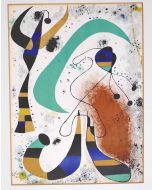
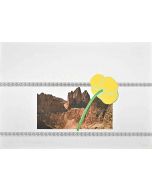
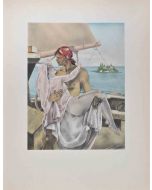



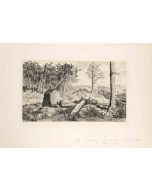

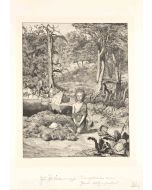

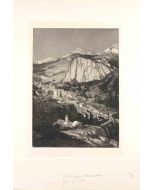
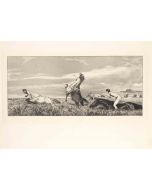
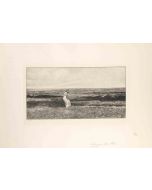
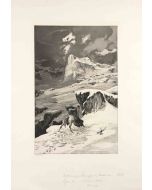




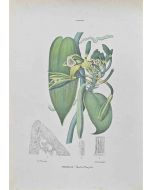












Validate your login
Accedi
Creare un nuovo account